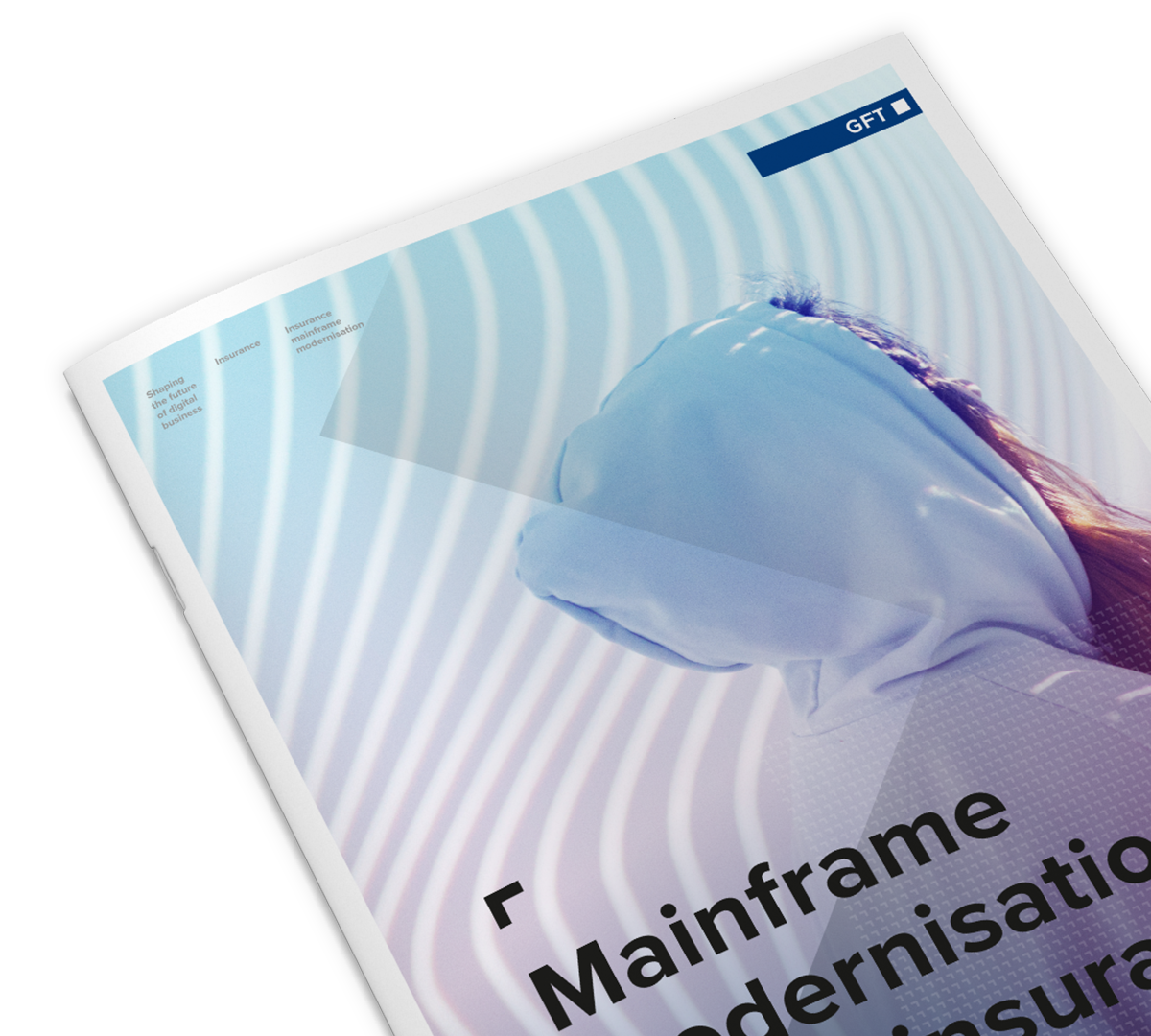Core Modernization in Life Insurance Savings

The insurance industry has seen a boost in life insurance savings products in recent years. To take advantage of market tailwinds, insurers need to modernize their core systems. Core modernization has historically been delayed due to the stringent governance and risk requirements of life insurance savings products, as well as the need for careful management based on mathematical balance sheet provisions that have to be accounted for individually. However, given the positive results from the move to cloud in other insurance segments, and fueled by growing demand and increased competition, many institutions are deciding to act. They have started to migrate their mainframe environments to the cloud to be able to adopt AI and automation tools that provide competitive advantages.
The use of mainframes was at its height several decades ago, when the state of technology at the time justified entrusting the core to this type of monolithic infrastructure. However, technological innovations in recent years have completely changed the landscape, and arguments in support of the mainframe have now become little more than myths.
Ready to cross the final frontier?
Ready to cross the final frontier?
Alejandro Bermejo





